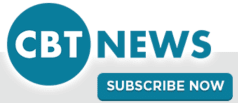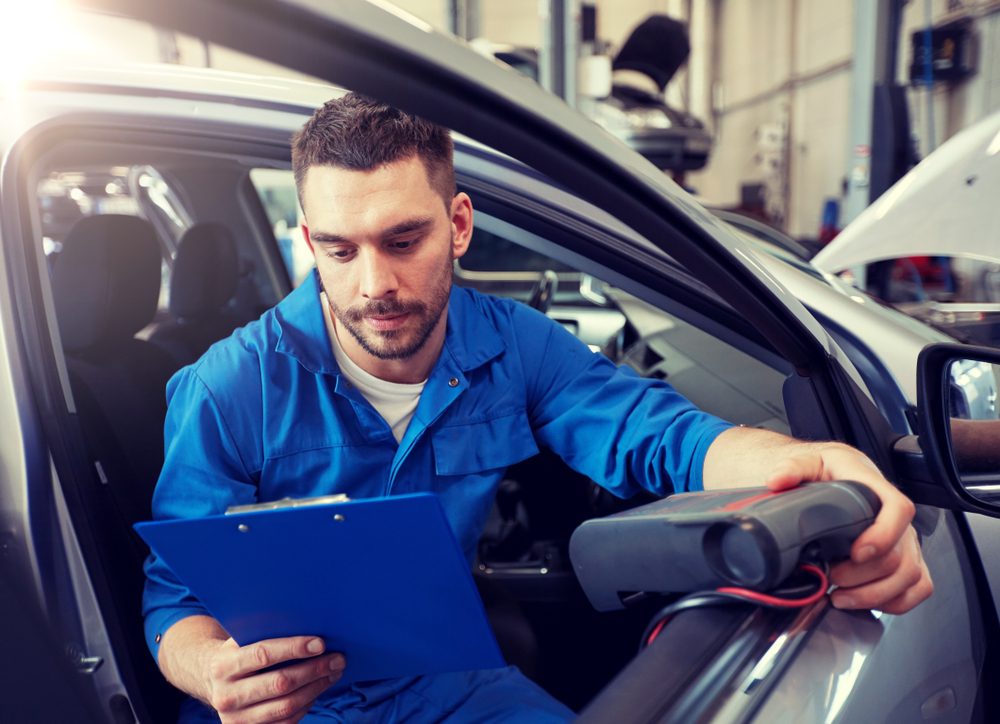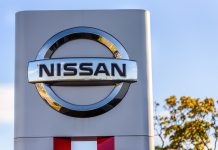If you have $100 in bills in your wallet, does that money have buying power greater than the hundred dollars in your neighbor’s wallet?
The benefit you might possess over the neighbor is your budgeting and investment prowess. You know how to stretch and multiply that money, so your return on investment is more profitable; you know how to take a few seeds and plant them to harvest 30- or 60-fold. You’re a good shepherd of your assets.
Often, a dealer who views him- or herself as a good shepherd will, without even being conscious of it, over-protect. This caution plays out in the slow adaption of competitive advantages peers are likely using against you.
What ‘ya gonna do?
Reconditioning practices and the technologies proven to eliminate waste, delay and cost from recon have been around for 10 years or more. Though thousands of dealers will testify to how these practices and tools help them achieve consistent time to line speed-to-sale advantages, many dealers don’t believe the claims or feel they don’t apply to their operation.
A few words for that thinking: auto vending-machine competitors.
Operators like Carvana, Vroom, CarMax and the uber-large specialty used car dealerships are giant hammers in full swing, working diligently to wreck your used car business. These competitors are big, national marketing machines. They leverage inventory, modern reconditioning, and workflow management technologies for high product visibility for their customers.
Whether you’re a single-rooftop rural dealership in Nebraska or a mega-dealership operation in New Jersey, you too will need to adapt and become adept at using modern, digital-based inventory, reconditioning and workflow management tools to remain a strong competitor in your market.
Your vehicles and the customer experience you offer customers must bring more value to the deal table at a more competitive price. Efficiency, collaboration and a speed-to-sale focus help you shepherd resources more prudently and profitably in this ever-competitive business.
Puts your $100 to work
Dealerships reconditioning even 50 vehicles a month will gain radical benefits by making consistent improvements in how they process new inventory from auction and trade to their frontline. Even smaller volume dealers who start using modern reconditioning practices will enjoy a return on investment of $15 for every $1 spent to become more efficient, sell more cars, and improve per-vehicle retail profit.
You can calculate your efficiency and profitability gains discussed here with these two easy-to-use return on investment calculators.
We recently received these results from a southern states’ independent used car dealer who used the calculator to determine its inventory turn efficiency, based on information the dealer plugged into the tool:
- Monthly Inventory: 900
- Monthly Vehicle Sales: 325
- Average Gross Per Vehicle: 5800
- Time to Line Days: 16
- Expected Time to Line Days: 10
- Inventory Turn: 4.33
- Time-to-Line Gain: 6
- Additional Monthly Turns: 0.87
- Added Yearly Selling Days: 26
- Additional Monthly Gross: $ 13,6663
Let’s drill the numbers
Reconditioning is a cost or profit center for your dealership. Reconditioning cycle speed known as time to line makes the difference. Time to line is linear clock time that starts when you write a check for a car at acquisition until front line ready. A three-to-five-day recon time-to-line speed is almost impossible to achieve using traditional reconditioning vehicle and workload tracking systems.
Faster recon contributes to:
- More profitable inventory turn. Every 2.5 days a dealership can reduce its time to line will add one additional inventory turn. The more turns, the fewer vehicles you need to stock, yet sell more cars. For most any dealership, this gain is possible almost immediately.
- Cars are getting sold sooner. Fresher cars command more looks and hold asking price better. And, as online sales continue their popularity, increasing numbers of prospects will be asking about those vehicles you’ve just posted online while at the auction. When a lead surfaces for those cars, your sales staff can now have all essential and accurate information to present that vehicle confidently – without ever having to put the caller on hold to go find the answers they’re asking for.
- Reduce holding cost margin erosion. Every car you buy has an overhead expense called holding cost, a $37 to $85 per car per day (based on make) depreciation charge against sale gross. Faster reconditioning helps minimize this erosion.
All this power control efficiency and data are at your fingertips when you move to reconditioning workflow software. You really can’t know how efficient your recon is without clock-like accountability and measurement.
One crucial cost these tools help you limit are your used car holding costs.
Holding cost is an average daily depreciation of $40 per car per day you own. A 10-day reconditioning time-to-line cycle of erodes sale gross by $400 for each used car in inventory. On the contrary, a five-day cycle gets that car sale-ready in half that time or five days. The faster time-to-line gain means $200 more gross in that car.
If you recon 50 cars a month, that’s $10,000 a month more gross for the dealership. Faster reconditioning adds up to more efficient reconditioning and used car operations for your dealership.
Did you enjoy this article from CBT News? Read more here.


While you’re here, don’t forget to subscribe to our email newsletter for all the latest auto industry news from CBT News.








